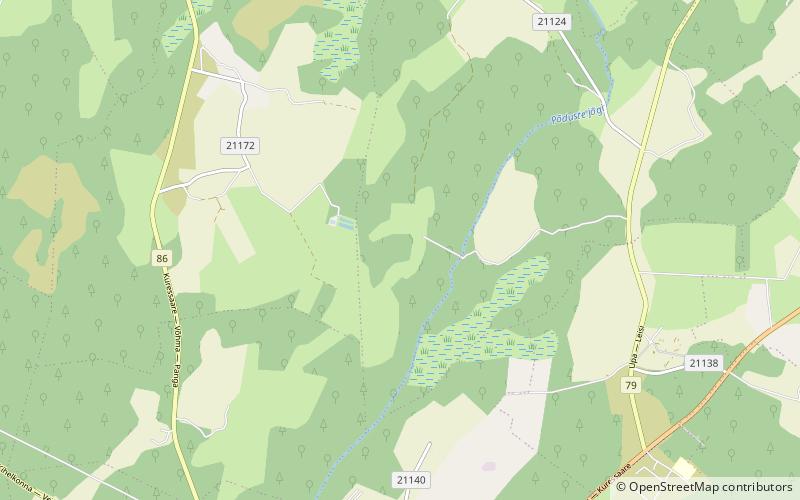Kuressaare Castle, Kuressaare

Facts and practical information
Nestled in the quaint town of Kuressaare on Estonia's largest island, Saaremaa, stands the formidable Kuressaare Castle. This medieval fortress, surrounded by a scenic moat, is a testament to the island's storied past, and is considered one of the best-preserved castles in the Baltic region.
Constructed in the 14th century, Kuressaare Castle, also known as the Bishop's Castle, has withstood the test of time and numerous sieges. Its robust walls and well-designed defenses speak to the architectural prowess and strategic importance of the edifice in medieval times. Over the centuries, the castle has been renovated and expanded, reflecting various architectural styles from Gothic to Renaissance.
Today, Kuressaare Castle is a cultural hub and houses the Saaremaa Museum, which offers visitors a deep dive into the island's history, culture, and natural environment. The museum's exhibitions cover a range of topics from the geological formation of Saaremaa to the lives of the nobility who once resided within the castle's walls.
Visitors to the castle can explore the battlements, climb the watchtower for panoramic views of the city and the Baltic Sea, and stroll through the castle's chambers, which have been meticulously restored to reflect their historical significance. The castle's courtyard, with its ancient walls and greenery, is a serene spot for reflection or attending the various cultural events held there throughout the year.
The castle is open to the public year-round, with varying hours depending on the season. During the summer months, the castle grounds come alive with medieval festivals, bringing the past to life with reenactments, craft markets, and traditional music.
Kuressaare Castle – popular in the area (distance from the attraction)
Nearby attractions include: Mullutu-Suurlaht, West Estonian Archipelago Biosphere Reserve, Mändjala Kämping, Auriga kaubanduskeskus.














